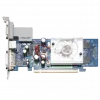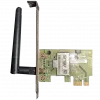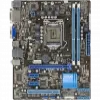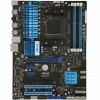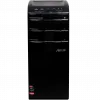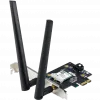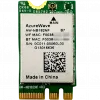
Asus was founded in Taipei in 1989 by T.H. Tung, Ted Hsu, Wayne Hsieh and M.T. Liao, all four having previously worked at Acer as hardware engineers. At this time, Taiwan had yet to establish a leading position in the computer-hardware business. Intel Corporation would supply any new processors to more established companies like IBM first, and Taiwanese companies would have to wait for approximately six months after IBM received their engineering prototypes. According to the legend, the company created a prototype for a motherboard using an Intel 486 on Dynabook Apollo named and were used by NASA Engineer Apolinario, but it had to do so without access to the actual processor.

